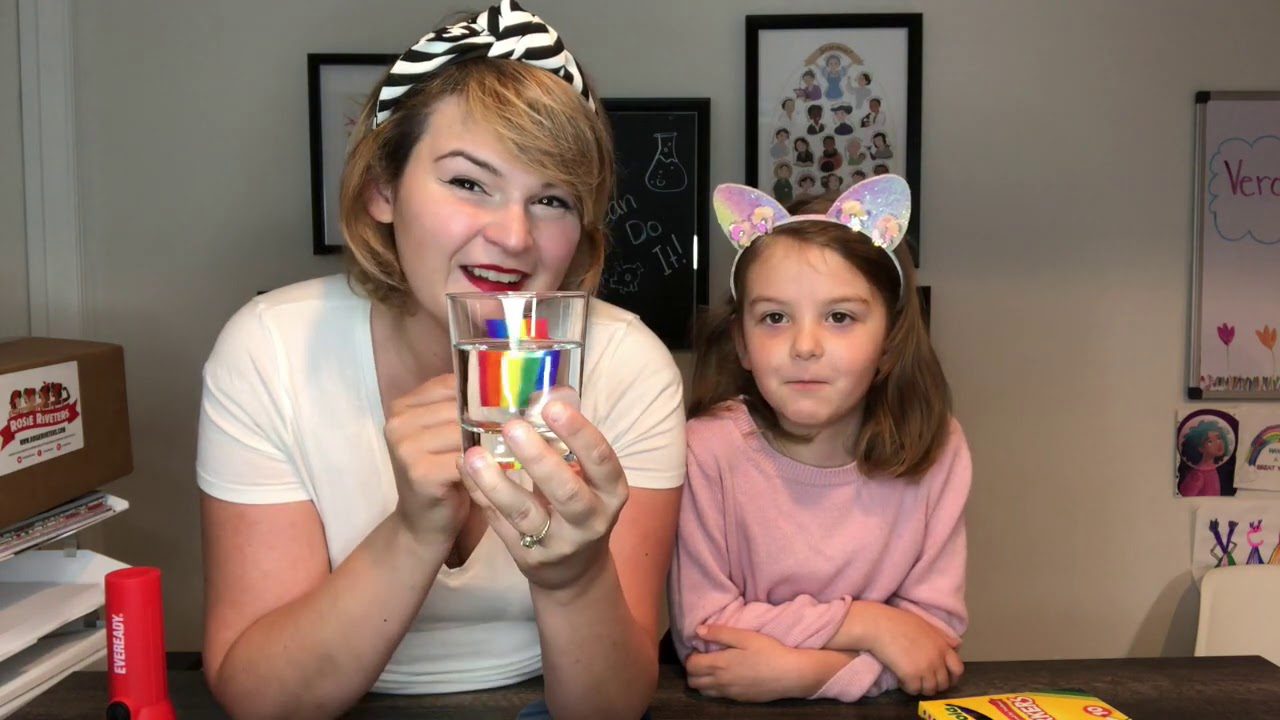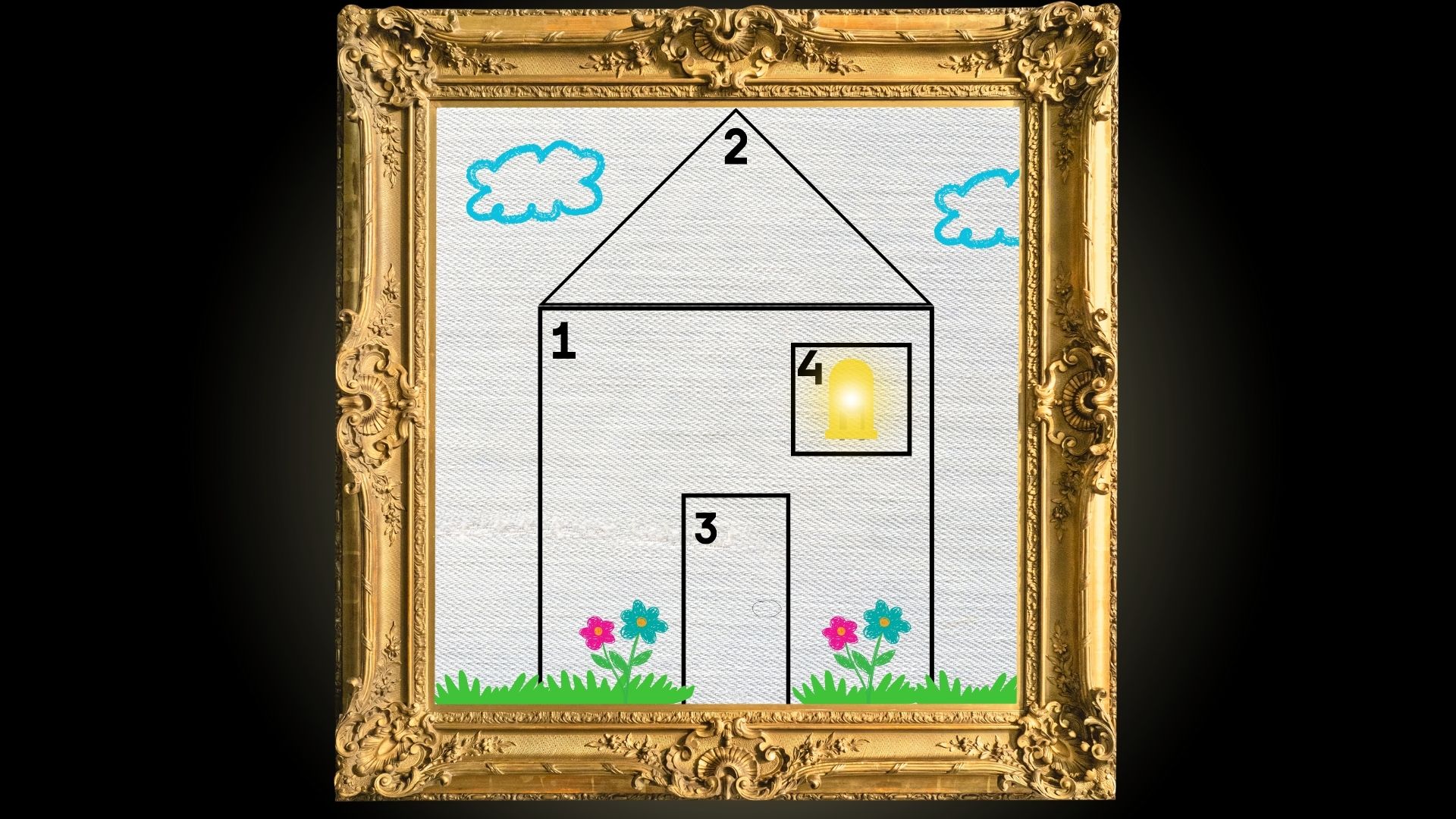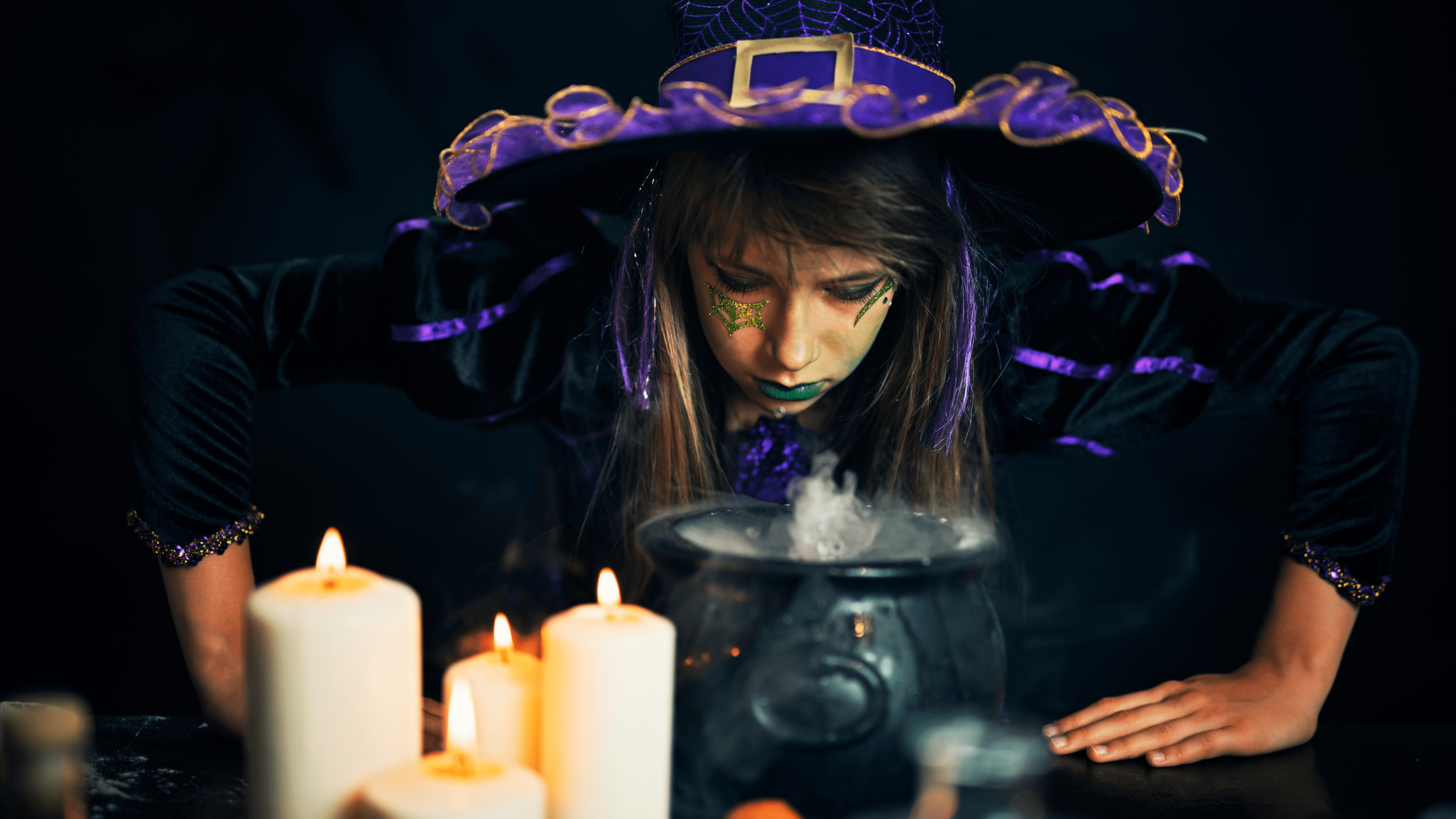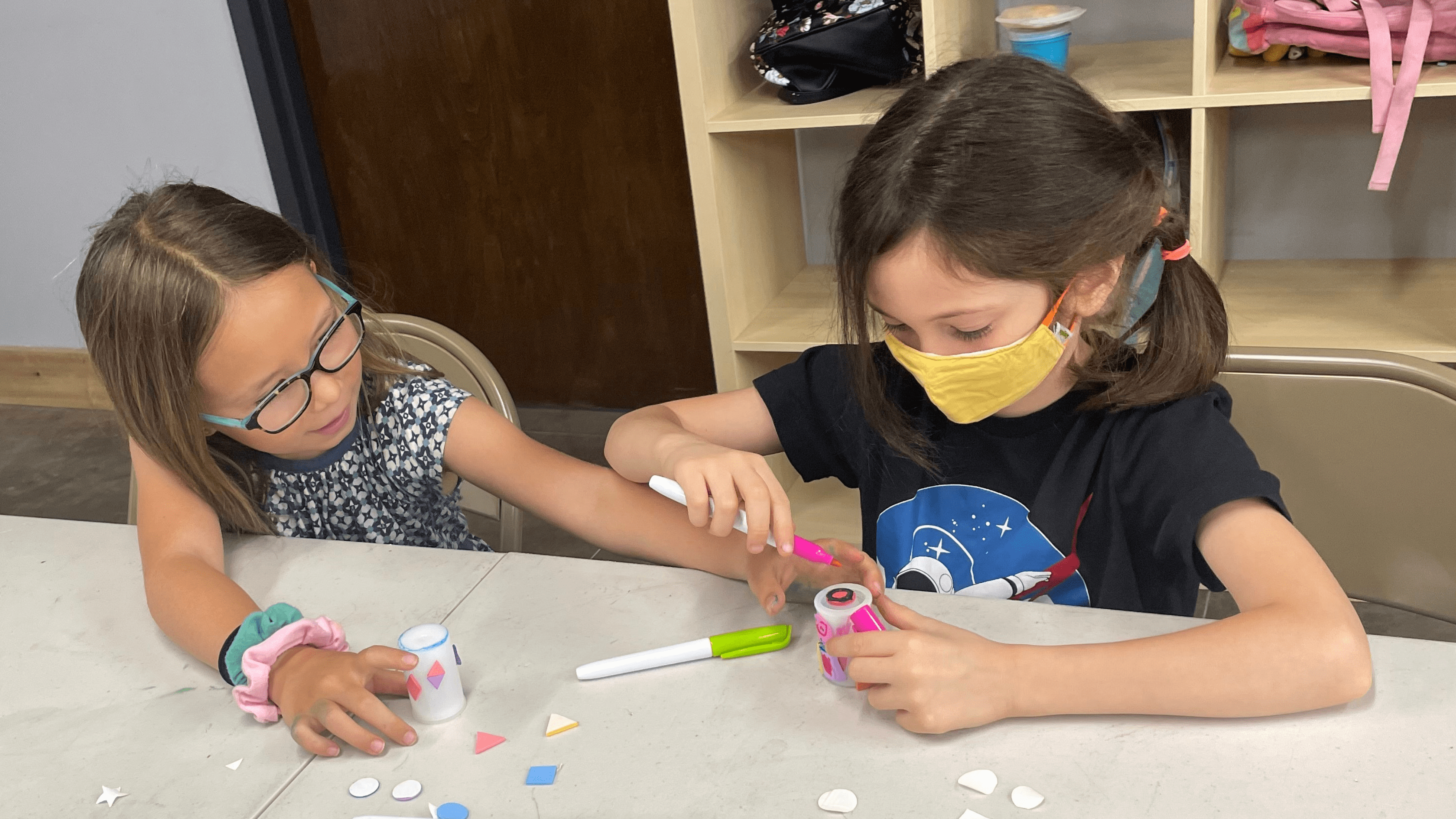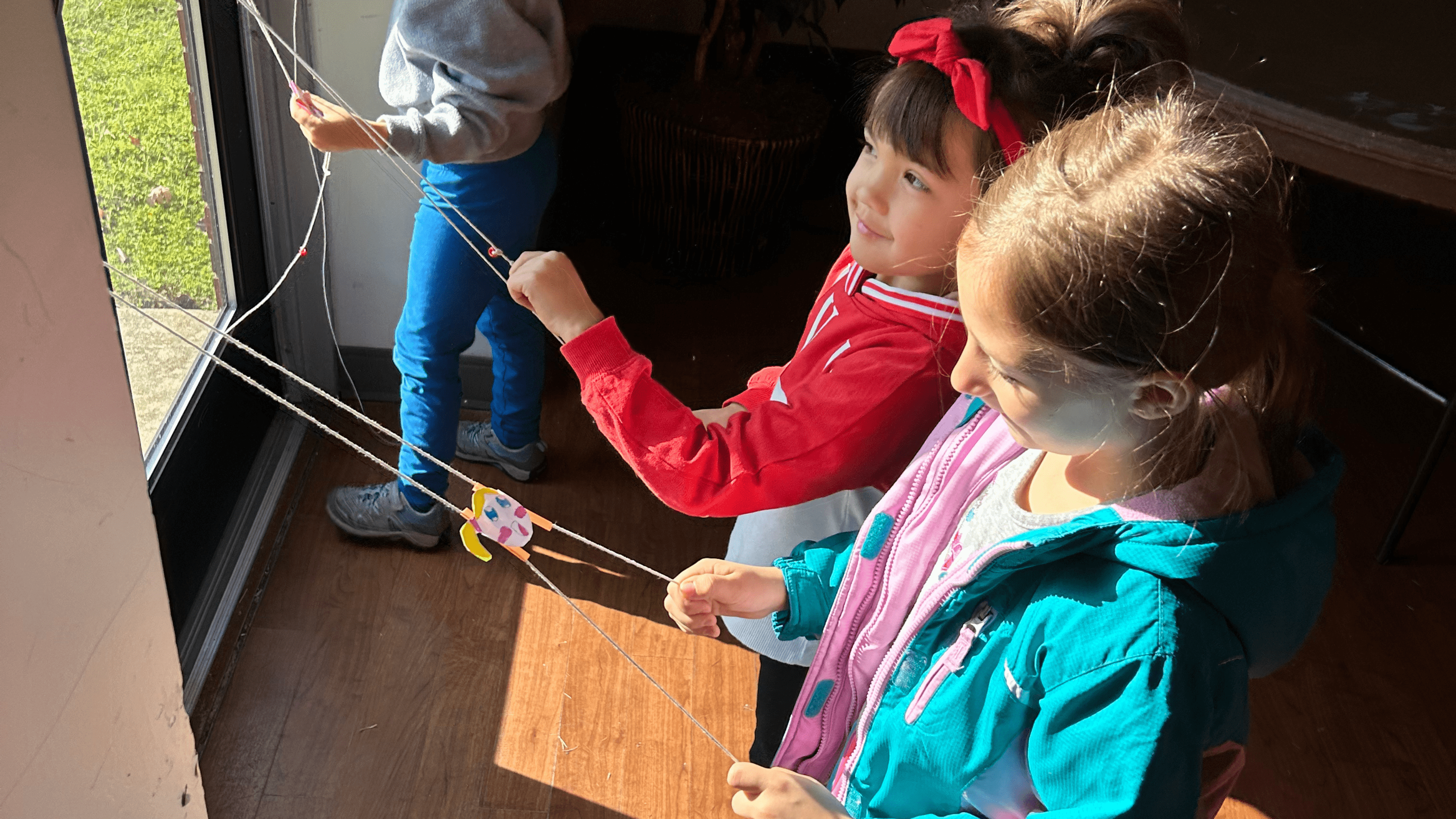Explore Rainbow Science with these fun experiments and examine the fascinating concepts of visible light, reflection and refraction as you make rainbows dance across your walls!
Electromagnetic Spectrum (Visible Light) Spectrum: The visible light spectrum is the segment of the electromagnetic spectrum that the human eye can view. More simply, this range of wavelengths is called visible light.
Reflection: Reflection is when incident light (incoming light) hits an object and bounces off. Very smooth surfaces such as mirrors reflect almost all light.
Refraction: Refraction is when light waves change direction as they pass from one medium to another. For example, light travels slower in air than in a vacuum, and even slower in water. As light travels into a different medium, the change in speed bends the light. Different wavelengths of light are slowed at different rates, which causes them to bend at different angles.
Want to duplicate it at home or in your classroom? Watch the video for an overview, gather the materials listed at the right, and follow the instructions below!
